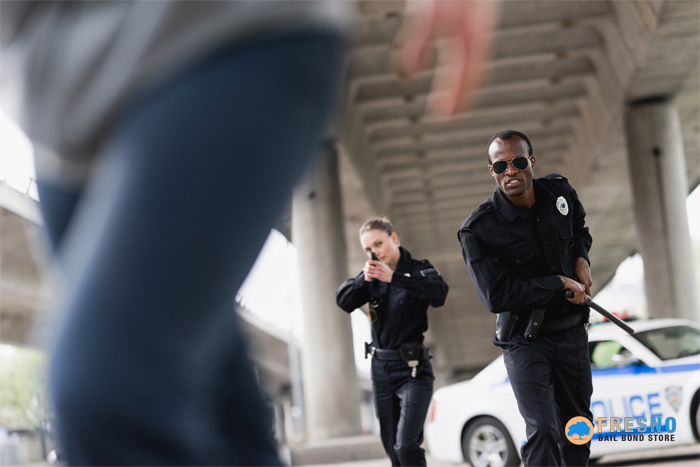It’s likely that when you see the term, fleeing and evading, in a police write-up, you assume the person named in the report led the police in a high-speed and likely dangerous chase. While it’s possible that a high-speed chase was involved in the incident, it’s even more likely that the event took place surprisingly sedately.
The truth is that the term fleeing and evading is used whenever the officers believe that the person behind the wheel of a car deliberately ignored instructions to pull over.
The topic of fleeing and evading the police is addressed in Vehicle Code 2800.1 VC. When you read through the law, you’ll learn that to be charged with fleeing and evading, you must:
“while operating a motor vehicle and with the intent to evade, willfully flees or otherwise attempts to elude a pursuing peace officer’s motor vehicle, is guilty of a misdemeanor punishable by imprisonment in a county jail for not more than one year if all of the following conditions exist:
(1) The peace officer’s motor vehicle is exhibiting at least one lighted red lamp visible from the front, and the person either sees or reasonably should have seen the lamp.
(2) The peace officer’s motor vehicle is sounding a siren as may be reasonably necessary.
(3) The peace officer’s motor vehicle is distinctively marked.
(4) The peace officer’s motor vehicle is operated by a peace officer, as defined in Chapter 4.5 (commencing with Section 830) of Title 3 of Part 2 of the Penal Code. That peace officer is wearing a distinctive uniform.”
Charged With Fleeing and Evading
This means that you can only be charged with fleeing and evading if you are driving a vehicle. If you’re on foot and run from the police, you face an entirely different charge. The other thing to remember is that the officer must clearly state their interest in stopping your vehicle.
There have been some cases where a police officer claimed that the defendant was fleeing and evading them, while the defendant argued that they were aware that the officer wished to stop the car but weren’t fleeing but was actually looking for a safer place to pull over.
Suppose you feel that there is a better place to pull over so you and the officer can address whatever issue you first brought to their attention. In that case, you can do so only after you acknowledge the officer’s presence. You can do this by slowing down, driving slowly on the road’s shoulder, and turning on your vehicle’s hazard lights. You will still need to pull over relatively quickly. It would be best if you didn’t plan on driving to the other side of town or for miles until you reach a parking lot.
In California, fleeing and evading an officer is considered a misdemeanor. If convicted, you can be sentenced to a full year in a county jail and/or ordered to pay up to a $1,000 fine. In addition to the misdemeanor charges, you could face additional traffic citations.

